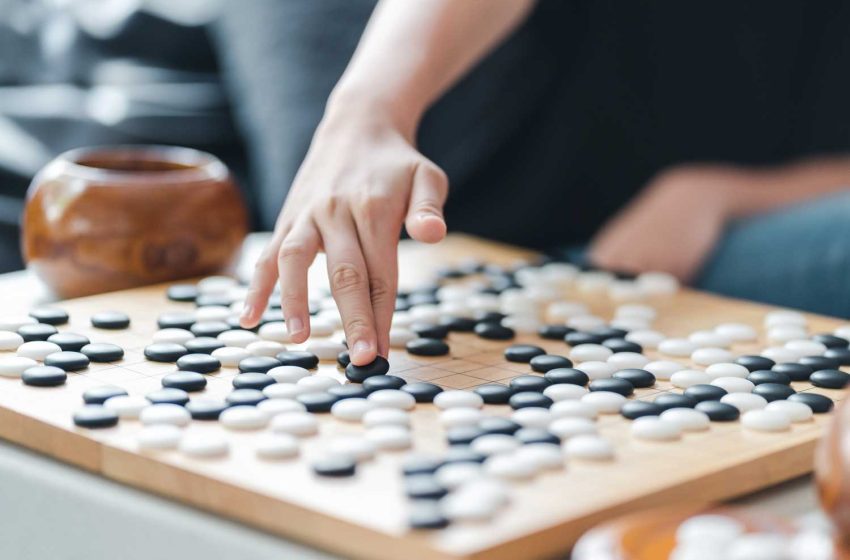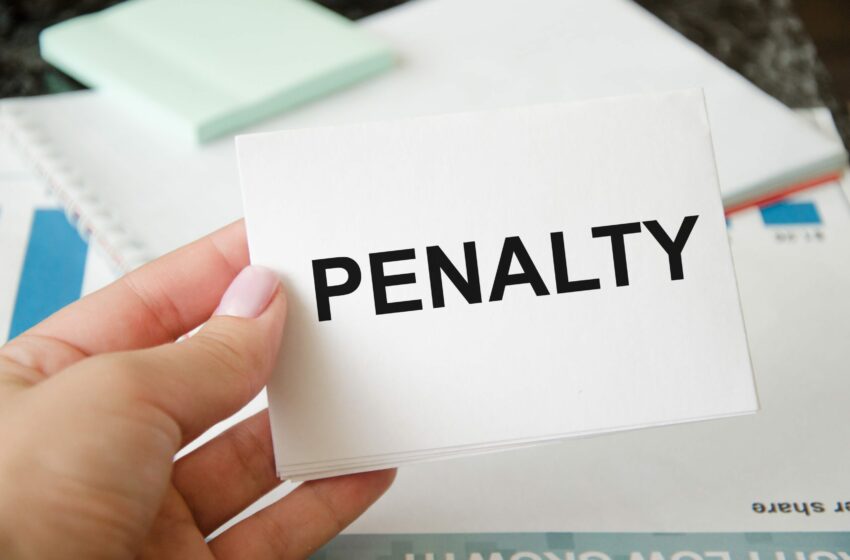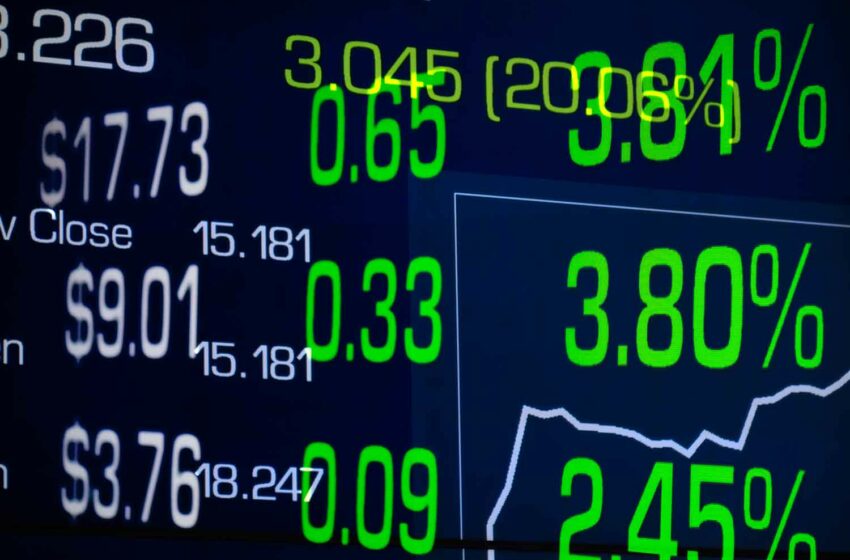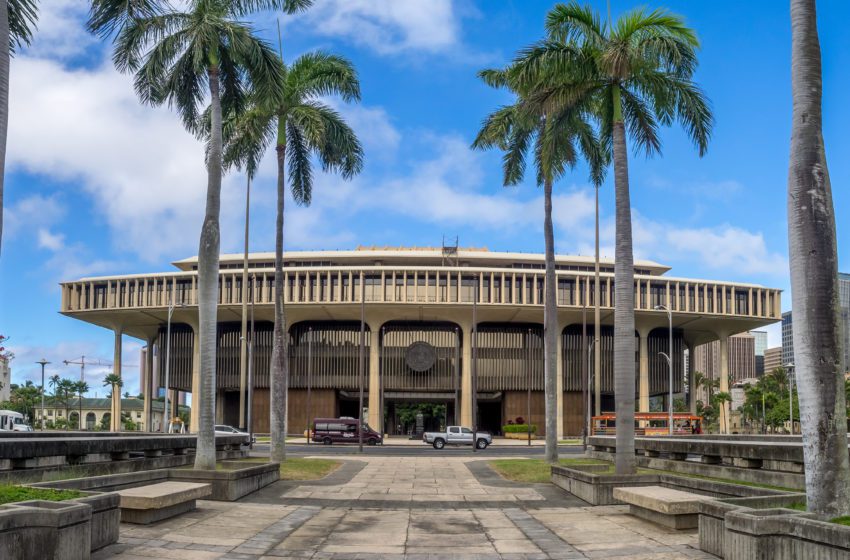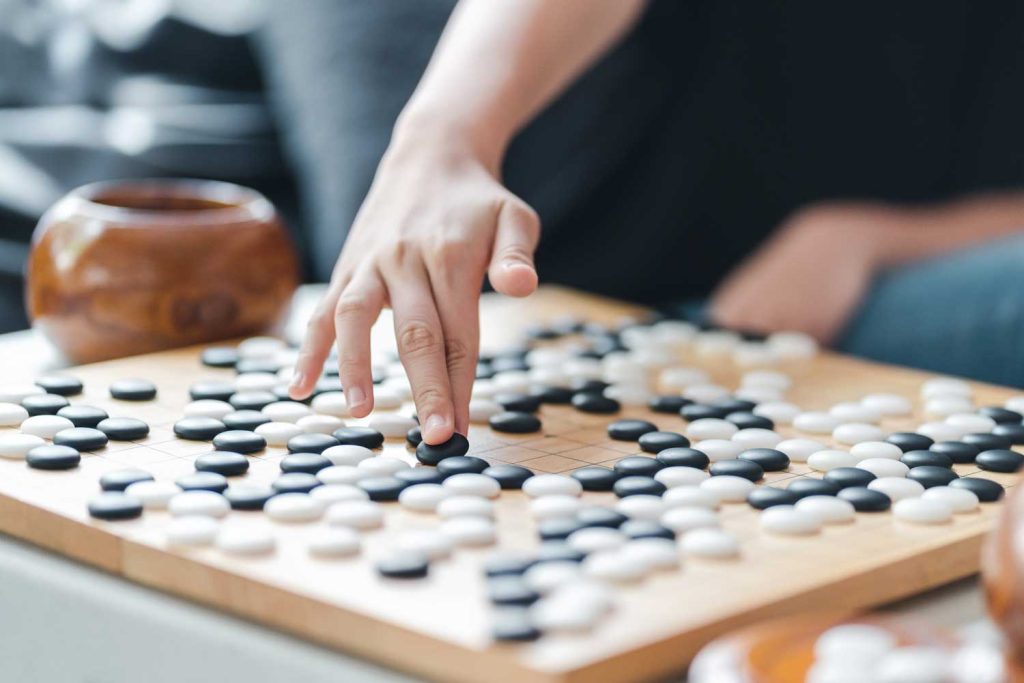
Competition in South Korea’s heated-tobacco products market is intensifying.
By Stefanie Rossel
When it comes to adoption of heated-tobacco products (HTPs), South Korean consumers are second only to their Japanese counterparts. Sales of HTPs have increased significantly since their introduction to the South Korean market in 2017, cannibalizing sales of traditional cigarettes. In 2023, the country’s HTP market is estimated to reach a value of KRW2.2 trillion ($913.39 million), up from KRW1.6 trillion in 2019 and KRW2 trillion in 2021, according to Euromonitor. By 2025, the business intelligence firm predicts that the Korean HTP market will be worth KRW2.4 trillion.
While the number of tobacco products sold in South Korea rose by 1.1 percent from 3.59 billion packs of 20 cigarettes in 2020 to 3.63 billion packs in 2022, it was consumable sales of HTPs that drove the market. Their share increased from 380 million packs in 2020 to 540 million packs in 2022 whereas the sale of combustible cigarette packs dropped from 3.2 billion packs in 2020 to 3.09 billion in 2022, the country’s finance ministry stated in February.
Demand for conventional cigarettes fell by 1.8 percent year-on-year while sales of HTPs rose by 21.3 percent. According to a survey by the Ministry of Finance, HTPs held a share of 14.8 percent of the total tobacco market in the first half of 2022. In 2023, the overall South Korean tobacco products market will be worth an estimated $9.2 billion, according to Statista. The country’s continuously declining smoking rate has been linked to the introduction of HTPs to the market. Smoking prevalence, which stood at 23.8 percent in 2015, dropped to 15.6 percent in 2021 and is expected to decrease by another 2.6 percent by 2026.
Both traditional cigarettes and tobacco sticks for HTPs retail at roughly KRW4,500 per pack of 20 but are taxed slightly differently. Total tax per pack of 20 combustible cigarettes amounts to KRW3,223. For a pack of HTP consumables, it’s 90 percent of that, or KRW3,004, reflecting that the products are considered to be less harmful than traditional smokes. In April this year, South Korea’s ruling party suggested subjecting cigarettes and HTPs to the same tax rates amid a government drive to boost falling revenue, but the Ministry of Finance rejected the proposal. With a general election coming up in April 2024, the government is not expected to equalize the tax differential between the two categories in the near term.

Partners and Competitors
South Korea’s HTP market is split among three players: Philip Morris International, KT&G and BAT. Recently, competition has been heating up in the category: PMI, which in 2017 introduced the first HTP (IQOS) in South Korea, remained the market leader until 2019, when IQOS sales declined from KRW800 billion in 2017 to KRW500 billion and KT&G overtook PMI with its Lil device. According to 2FIRSTS, Lil accounted for 48 percent of the market in May 2023 followed by IQOS with 42 percent and BAT’s Glo with 10 percent.
In the past six months, all manufacturers have introduced new models of their HTP brands in Korea; they have also unleashed an aggressive price war.
In November, KT&G launched Lil Aible, which is equipped with artificial intelligence technology that shows how long it takes to fully charge the device and preheat the consumable as well as how many times the user can puff with the remaining battery. On KT&G’s dedicated mobile app, users can check messages, phone notifications, the weather and calendar information. What sets the new model apart from other HTPs is its ability to use three different tobacco sticks with one device. Like its predecessor, Lil Aible features automatic heating, a self-cleaning system and a maximum of three consecutive uses.
The product comes in two versions—an original version that retails at KRW110,000 and a premium version, which has an OLED touchscreen to make it easier for users to control diverse functions, at KRW200,000.
To recapture its No. 1 position, PMI in February launched IQOS Iluma One, an economy version of its latest HTP device. The Iluma series works with a bladeless induction system and can only be used with dedicated heat sticks named Terea. The sticks are equipped with a metal heating element, a thin solid metal thread that is coated with stainless steel that heats the tobacco from within. A front plug at the end of the stick behind the tobacco element prevents tobacco residue, which means users do not need to clean the device.
The company had been selling the more premium variants, Iluma and Iluma Prime, in major South Korean cities including Seoul and Busan since late 2022 and seized the opportunity of the Iluma One introduction for a nationwide rollout of all of its Iluma models. Iluma One is available at KRW69,000 whereas Iluma and Iluma Prime are sold for KRW99,000 and KRW139,000, respectively.
In late November 2022, PMI had started manufacturing Terea consumables at its South Korean Yangsan plant, where the company has invested more than KRW300 billion in the production of noncombustible products since 2017.
While battling for market share in South Korea, PMI and KT&G cooperate internationally. On Jan. 30, 2023, PMI and KT&G turned the three-year agreement they signed in 2020 into a 15-year contract. The agreement gives PMI exclusive access to KT&G’s smoke-free brands and innovation pipeline, including offerings for low-income and middle-income markets, and provides KT&G with continued access to PMI’s global commercial infrastructure and experience in commercializing smoke-free products. As a result of the collaboration, Lil, which PMI considers complementary to its existing portfolio of smoke-free products, is currently present in 31 countries in Central America, Europe and Central Asia.
Fierce Price Battle
Also in February, BAT launched Glo Hyper X2 in South Korea. After years of plodding along with a market share of 6 percent, the company increased its market share to 11.7 percent in 2022, according to The Korea Herald. Glo Hyper X2 is expected to further bolster the company’s position in South Korea. The all-in-one device, which features induction heating technology, faster heating and an LED indicator showing battery status, was introduced at a cut-rate price of KRW40,000.
In May, BAT cut prices of its HTPs in South Korea by half to expand its market share, according to 2FIRSTS.com. Glo Hyper X2 now retails at KRW19,000. According to the website, BAT Korea’s revenue in 2022 increased 14.3 percent compared to the previous year, but operating profits declined by 11.6 percent to KRW44.6 billion. Analysts fear that the low price strategy will cause BAT’s profitability to decline.
BAT’s price reductions prompted KT&G to follow suit. The company began selling Lil Aible and Lil Aible Premium at a promotional price of KRW99,000 and KRW167,000, respectively. Analysts estimate that to maintain profit margins, the companies must sell their heating products for at least KRW30,000.
Whether BAT’s strategy will work out remains to be seen. With an estimated 8 million smokers of combustible cigarettes, the South Korea market still holds a lot of potential for manufacturers of less hazardous alternatives.


